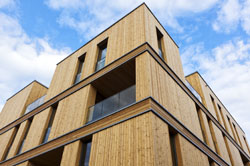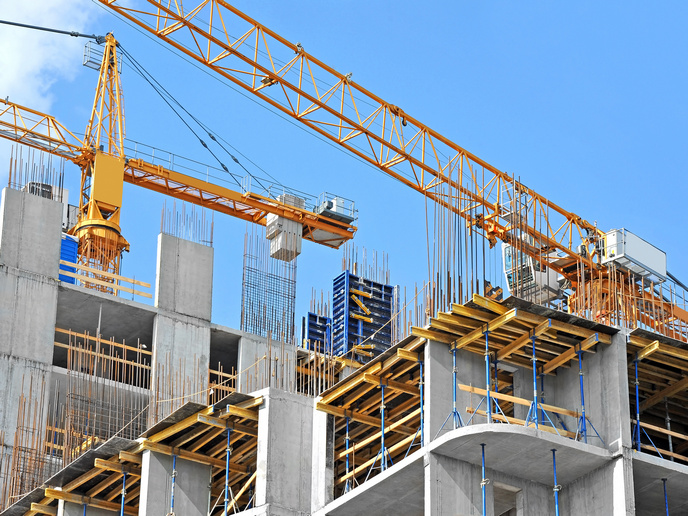High performance buildings
Sustainability has become the buzzword of this century. Countries, businesses and even individuals have become increasingly aware of, and concerned about the conservation of natural resources and the protection of the planet and its environment. Making buildings more sustainable is an excellent way to have high impact on challenges such as water and energy consumption and material waste. A large European consortium laid the groundwork for development of a standardised assessment system for sustainable buildings (SBs) with EU funding of the project 'Sustainability and performance assessment and benchmarking of buildings - Superbuildings' (SUPERBUILDINGS). Scientists focused on the development of assessment methods and indicators of environmental, social and economic performance within the European Committee for Standardisation (CEN) and the International Organization for Standardization (ISO). The consortium focused on potential indicators for which assessment information is lacking, that relate to methodological issues or that are currently completely lacking. Researchers chose 13 indicators, including those related to water and non-renewable energy consumption, land use, global warming potential, waste generation, water pollution and indoor air quality. Scientists determined that local knowledge regarding typical performance values and sustainability indicators is already good among architects, designers, planning authorities and building authorities. However, it is currently of minimal concern to bankers, insurance companies and community representatives. Scientists studied the effective use of sustainability indicators throughout the building process, from customer briefing and planning for SBs to design, implementation and use/maintenance. The team also made recommendations for the technical and semantic integration of indicators into building information modelling (BIM). A relatively new modelling platform, BIM enables building professionals to explore a project digitally before beginning construction. Researchers concluded that SB indicators are mature enough to be included in all life-cycle phases. They thus proceeded with developing recommendations for implementation of the system. SUPERBUILDINGS investigated the potential for standardisation of building sustainability indicators in order to benchmark building performance at all stages of the building process. Scientists found the concepts ripe for implementation. Further development and widespread use of the SUPERBUILDINGS sustainability assessment foundations and recommendations will prompt market movement towards a higher level of sustainability.







